Security spring cleaning — 7 things you should do now to avoid getting hacked
Starting out with safe devices is the best first step
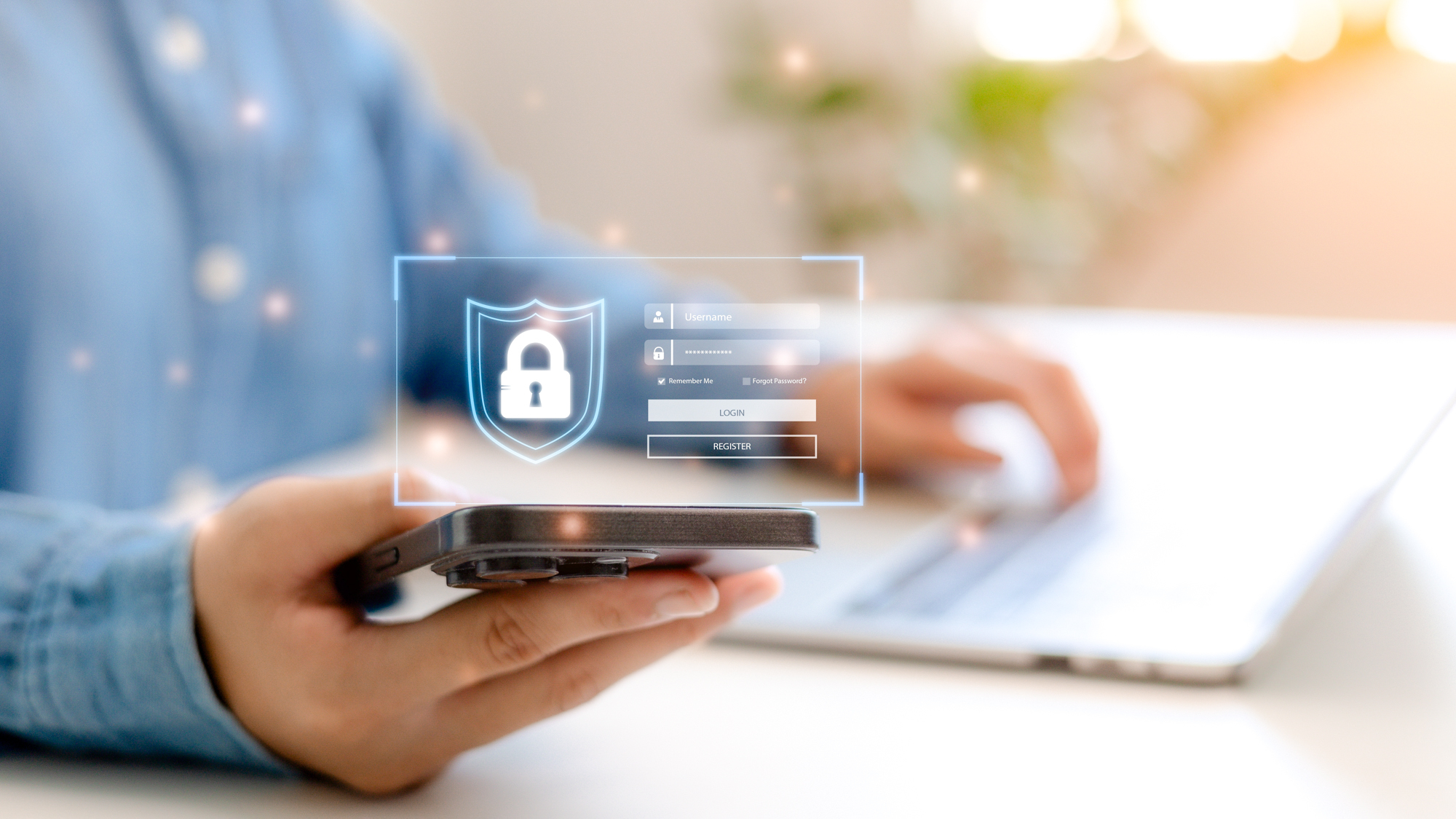
Spring cleaning isn't just about cobwebs. Sometimes it's about changing habits so that each area of your life feels less cluttered and heavy. And this should extend across every area of your home and into your digital life.
After all, it's easier to find things on your desktop when it's not full of files too. Likewise, it's easy to avoid getting hacked if you practice good cyber hygiene like use strong and unique passwords, having a smaller inbox and simplifying your social media profiles.
Here are seven ways to get started in simplifying your digital life in a way that's guaranteed to not only make it feel more clear, clean and organized — but also more secure, safe and better protected.
1. Passwords
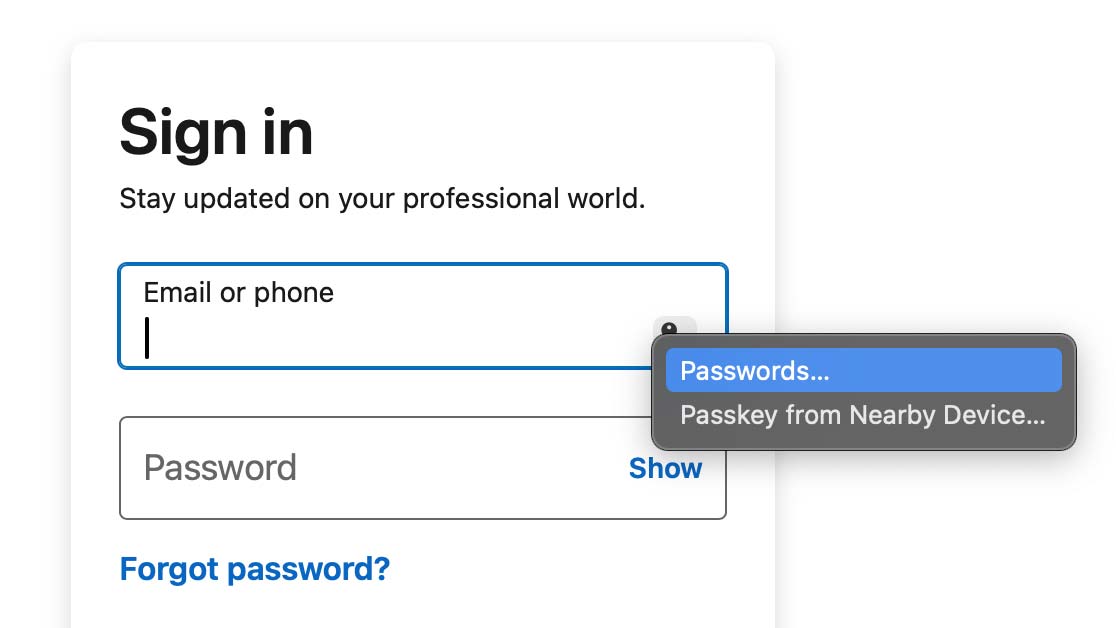
Having a strong and unique password for every account is essential, and often your first line of defense against a hack. Make sure that you have different passwords for each and every account, and that they're at least twelve characters, a combination of lower and upper case letters, numbers and symbols. Better still, make your password a phrase.
Next, make sure your passwords are regularly refreshed and changed. Set a calendar reminder for when you want to change them. Or, turn to one of the best password managers which can help you keep track of all your passwords. At the same time, many password managers and other security tools will warn you when one of your passwords has been compromised and discovered on the dark web.
2. Browsers
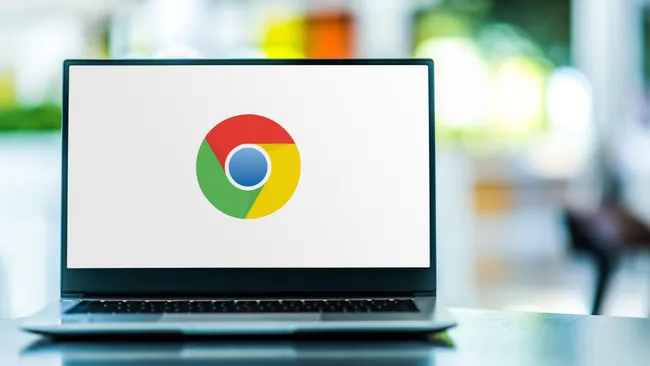
Check in on your browser and do this for each and every browser you use. Do all your bookmarks still lead to active sites? Do you still use them? Are your browser extensions in good standing?
You also want to check all your settings in each browser, and clear out old data, like stored passwords and autofill information. Finally, make sure your browser is set not to store passwords.
Sign up to get the BEST of Tom's Guide direct to your inbox.
Get instant access to breaking news, the hottest reviews, great deals and helpful tips.
3. Two-factor and Multi-factor Authentication
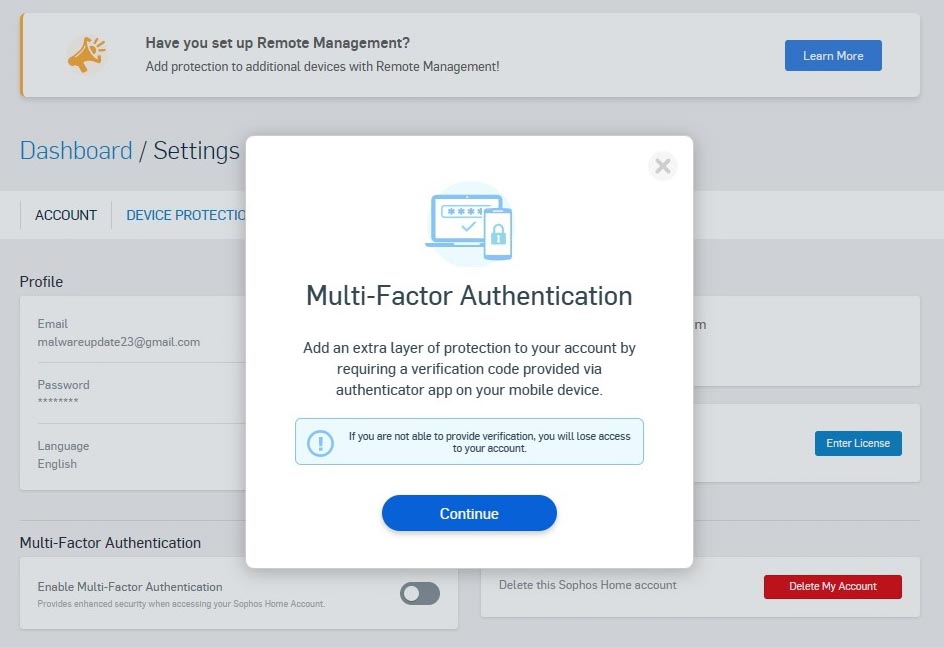
Enable two-factor and multi-factor authentication everywhere you can. Always. In many of the breaches and hacks we report on, 2FA and MFA were not enabled or used. Making sure that these extra layers of security are set up can be the difference between almost getting hacked, and losing your data or becoming a victim of identity theft.
If you have the option, use a passcode, fingerprint, or facial recognition on your devices and always enable the strongest authentication tools you can.
4. Update social media settings
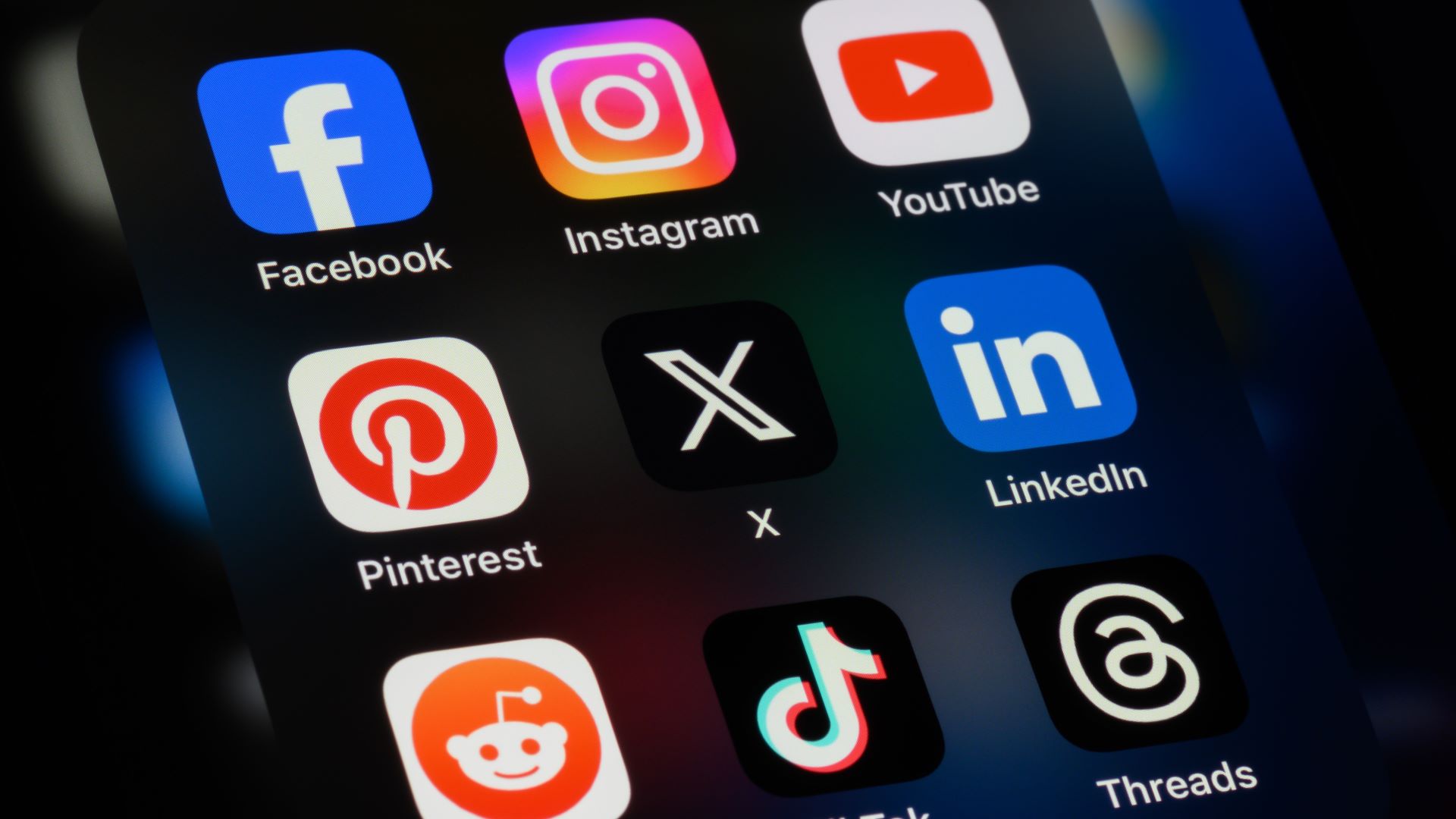
It can be easy to ignore social media, but it's well worth making a regular purge of all your social accounts. While some of the best antivirus software solutions have features to help your sift through, or watch, your social media accounts, you can also do this manually.
Unfollow inactive accounts, or accounts you may no longer interact with regularly. Check to make sure your privacy settings are still in line with your needs, and actively manage location services, Bluetooth and microphone and camera settings. Review your friends lists, and delete old photos and posts. You also want to deactivate any third party apps or services that shouldn't have permissions anymore.
And you can also review and delete online accounts you don't use and remove your personal information before deletion.
5. Delete, remove and unsubscribe
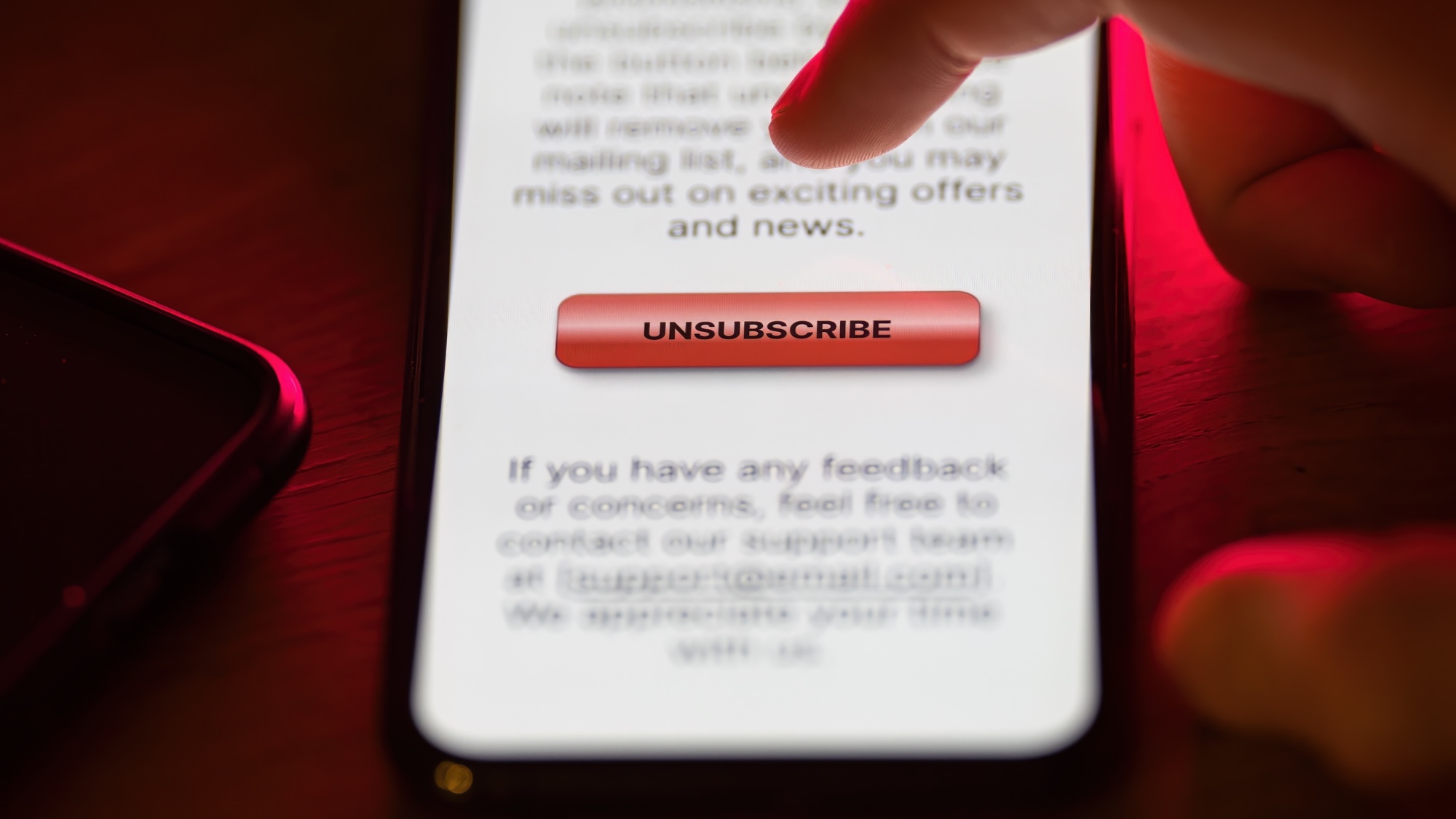
From files and photos to newsletters and email attachments, it all adds up fast. I'm guilty of this too — I have thousands of unread emails and newsletters in my inbox. And I don't even know what's on my portable hard drive right now.
Spend some time every day unsubscribing from newsletters, deleting unread emails, throwing out old emails you don't need (especially if they may contain attachments), remove unnecessary photos from your phone. Purge downloads and screenshots, and delete old files. Not only is all of this data eating up space, but it's exactly the kind of data malware and infostealers may look for first.
6. Update software and enable automate updates
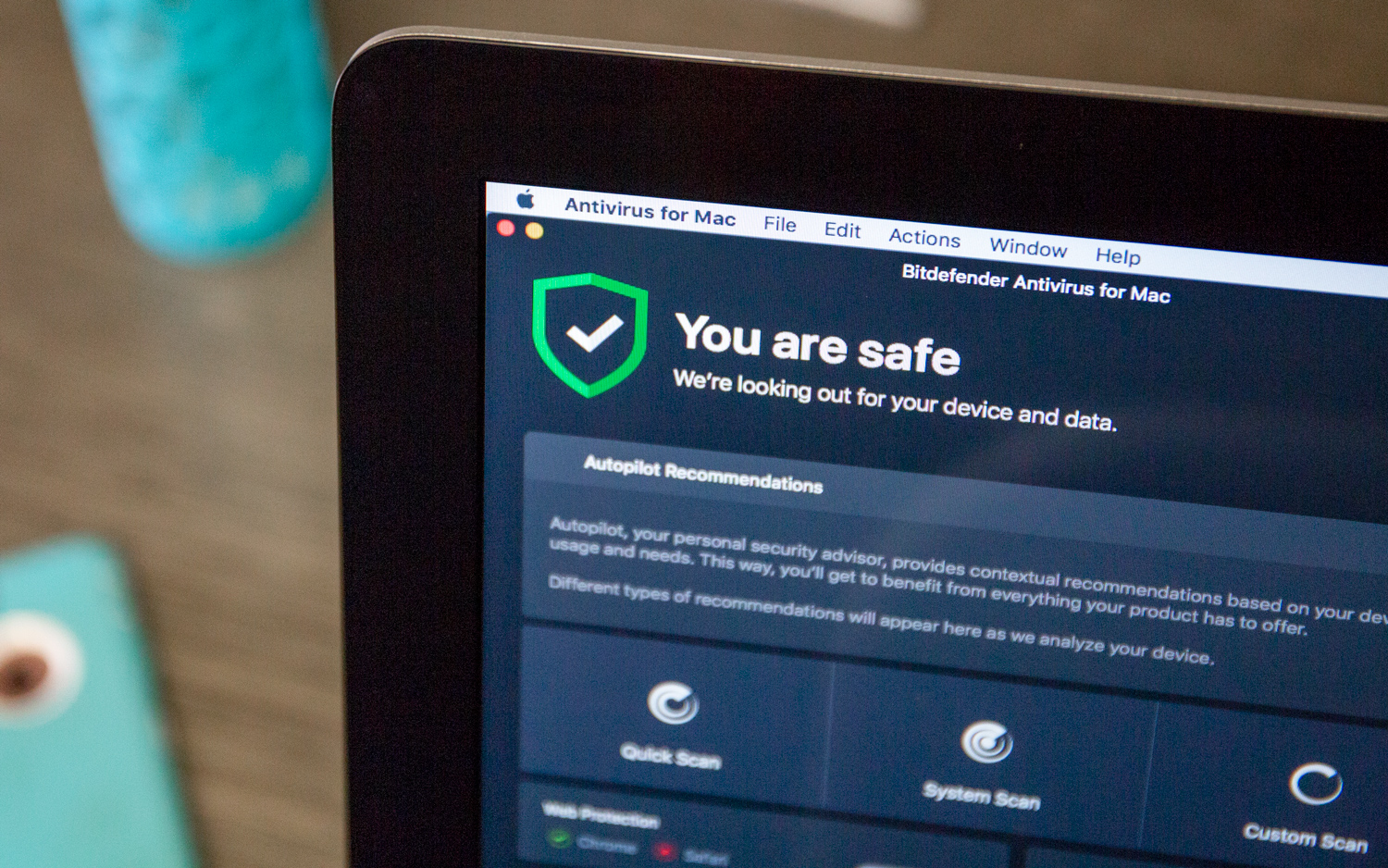
Updates are sent out regularly to patch holes in operating systems; if you're not updating your PC or smartphone, you may be leaving your device open to attacks from all manners of malware.
Update your internet connected devices whenever there's a new version of an operating system or an urgent software patch that needs to be installed. This means updating your devices as soon they need it: PCs, smartphones, tablets, eReaders, Wi-Fi routers, Smart TVs, and everything else. If it a device can connect to the internet, you want to keep it updated.
Next, set up automatic updates for your software if you can so. This way, you don't have to worry about doing it manually.
If you haven't already, set up automatic sweeps and checks for your antivirus software to run regularly. This will ensure your devices are frequently scanned for malware and viruses. Finally, delete any unused apps because, hey, why let them eat up space? Likewise, even good apps can go bad when injected with malicious code.
7. Check and update settings
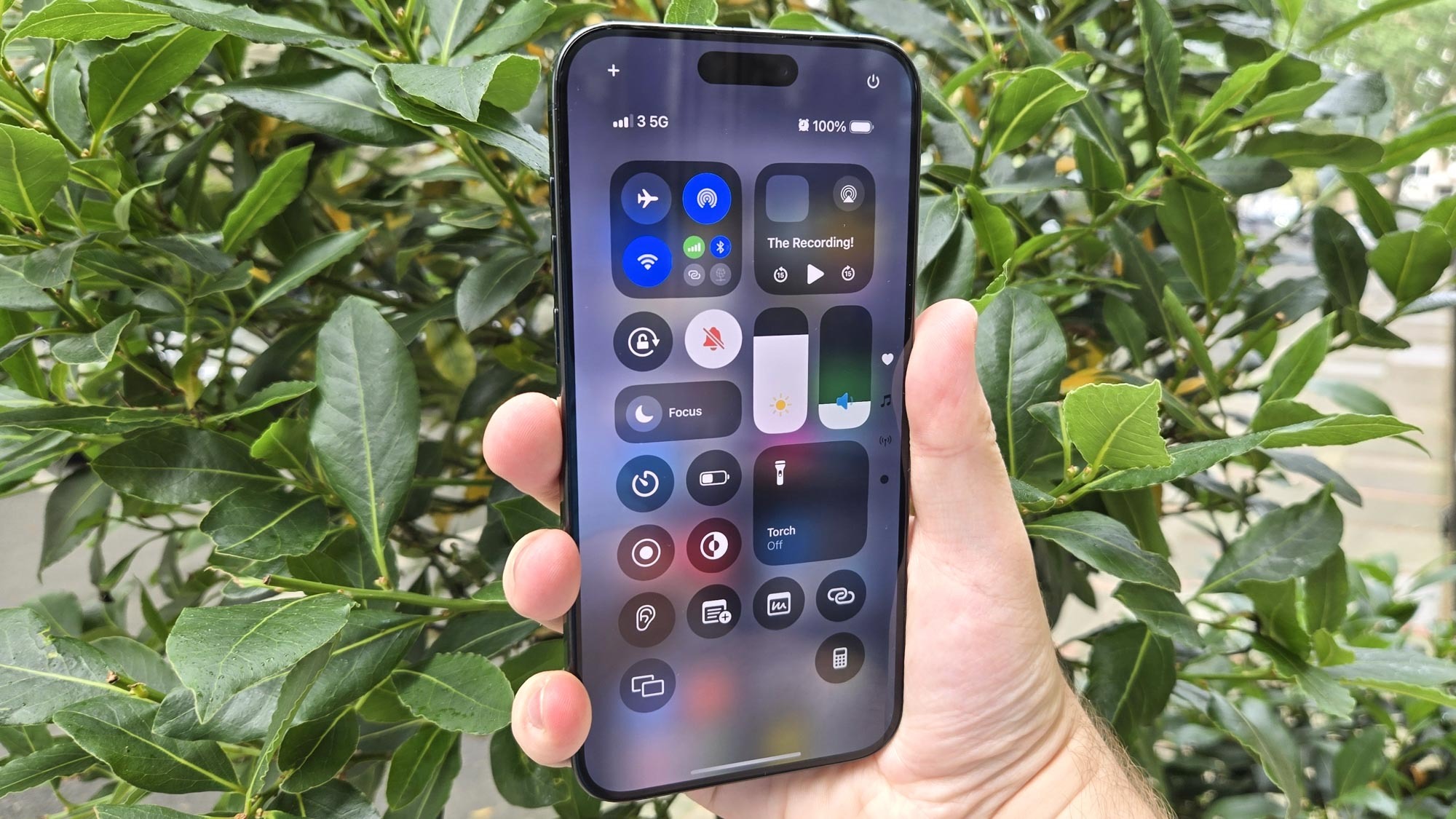
If you don't know what your security and privacy settings are for your mobile devices, now is the time to check on those too.
Are they properly backed up? What's connected to Bluetooth? What apps have location services permissions? Permission to use the microphone? Do you have stolen device protection on? What's connected to your wallet apps? Are there any IoT or smart home devices you need to delete or remove?
It's worth making a periodic check of your contacts, and permissions, as well as making a purge of your apps. Know the settings on your phone, where they are and how to work them. Poke around a little and get familiar.
An ongoing process
Just like with spring cleaning, if you want to enjoy the benefits of a simplified digital life with better security, you have to keep at it. There's no one and done solution for getting your digital life back on track.
Once you've worked through the above steps, you then want to pass on this knowledge to your friends and family. Hackers often use your closest contacts to get to you, so by ensuring your entire circle is security savvy, you'll improve your own security while helping others do the exact same thing.
More from Tom's Guide

Amber Bouman is the senior security editor at Tom's Guide where she writes about antivirus software, home security, identity theft and more. She has long had an interest in personal security, both online and off, and also has an appreciation for martial arts and edged weapons. With over two decades of experience working in tech journalism, Amber has written for a number of publications including PC World, Maximum PC, Tech Hive, and Engadget covering everything from smartphones to smart breast pumps.
You must confirm your public display name before commenting
Please logout and then login again, you will then be prompted to enter your display name.
